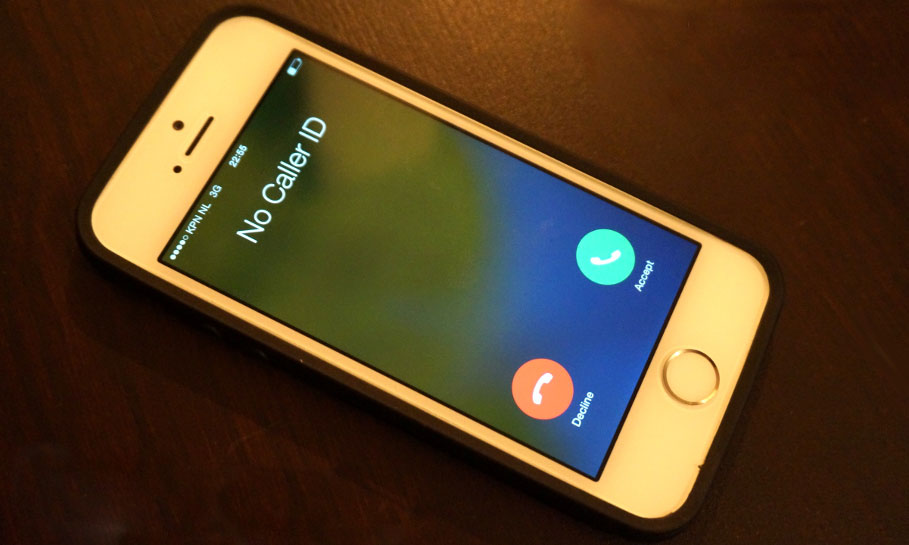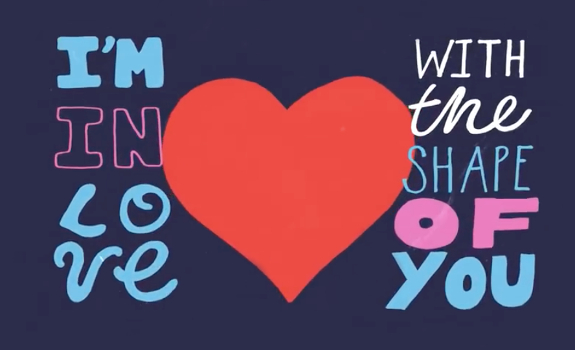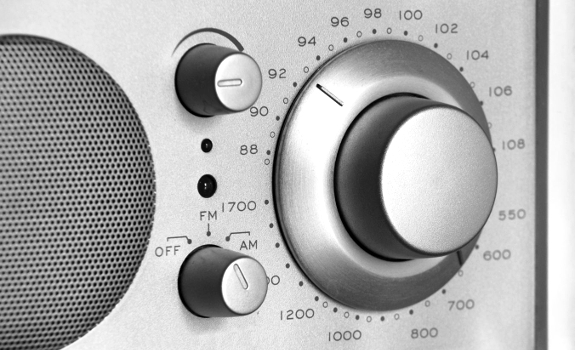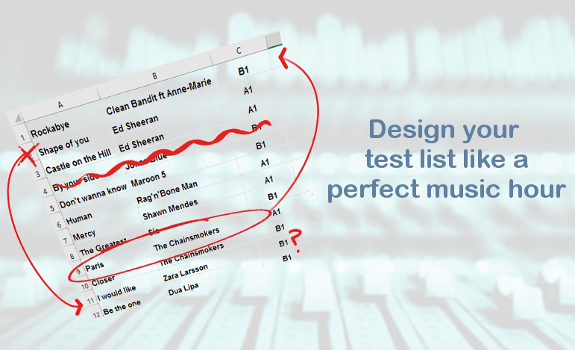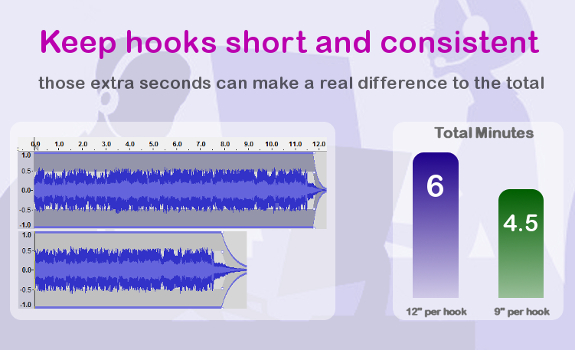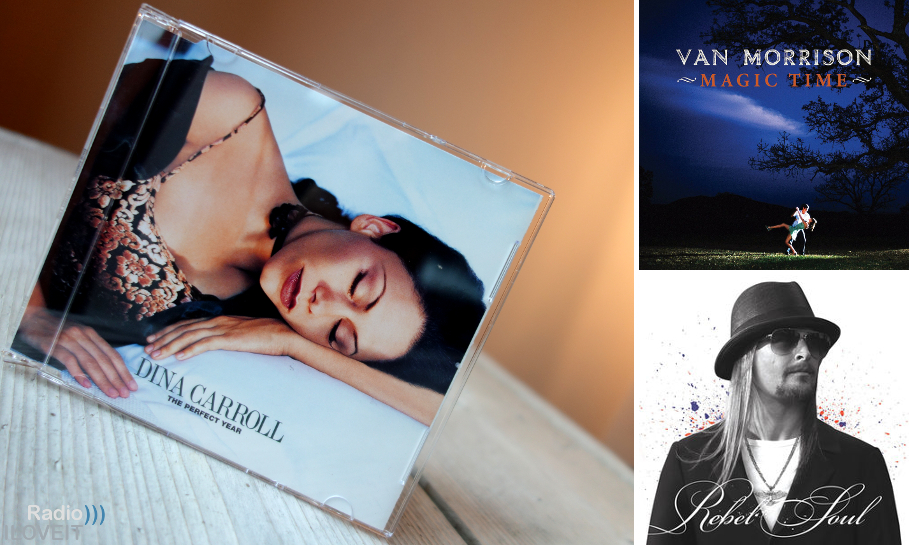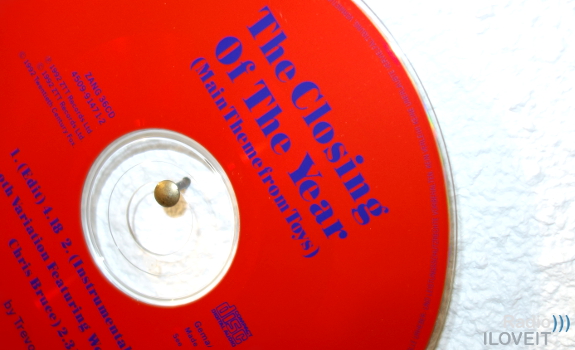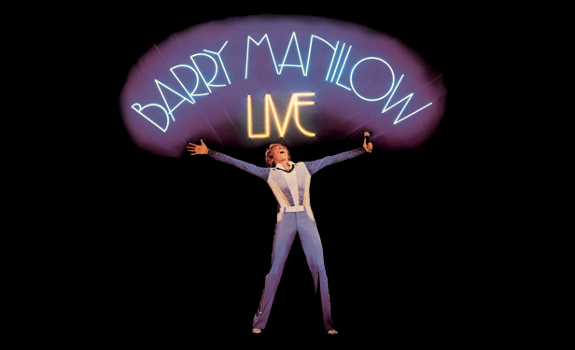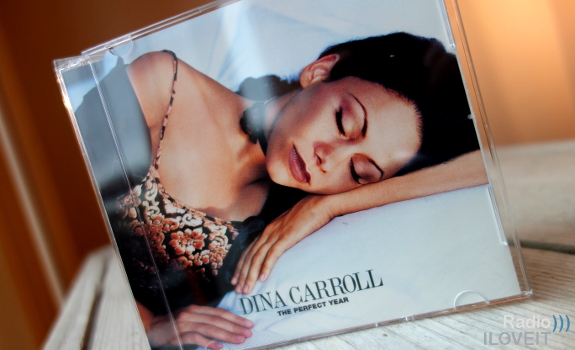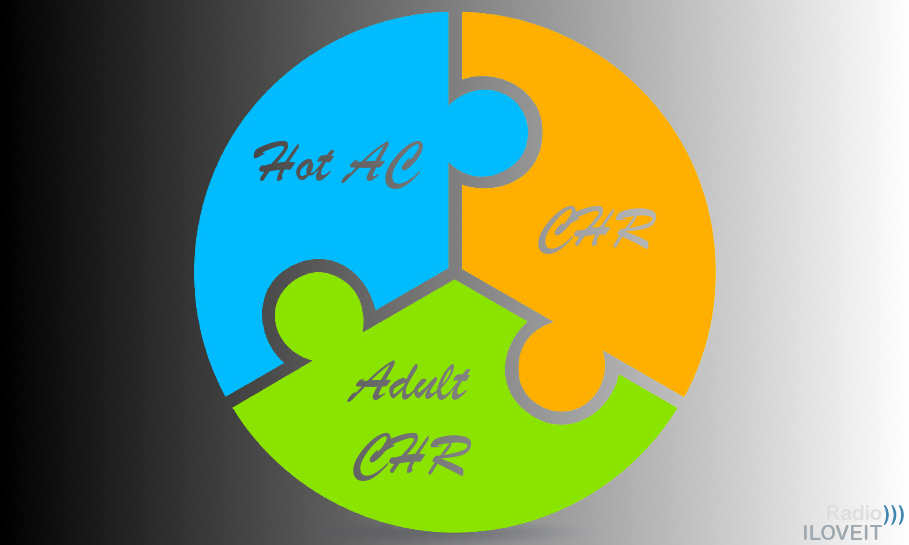MUSIC SCHEDULING Q&A – HOW TO BUILD YOUR SONG CATEGORIES?
by Thomas Giger of www.radioiloveit.com
How many songs per category create perfect song rotations? The mind-boggling formulas behind ratings-increasing turnovers (with category rotation visuals).
Thank you for your positive response to our first music scheduling Q&A, which led to a follow-up question: how many songs create perfect song rotations and ideal category turnovers? Ideas & insights to determine the right number of songs for a certain amount of slots per hour, including practical examples to see which combinations work best.
THE BEST OF BOTH WORLDS
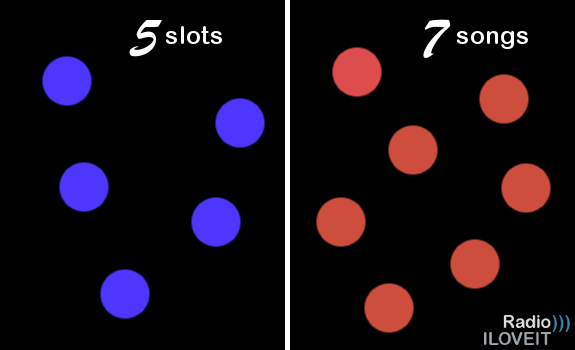
Flexible categories, based on reliable mathematics, may be the way to go (image: Thomas Giger)
We’re gonna start this music scheduling Q&A with a question from Dieter via email:
Hey Thomas!
I came across a couple of your articles where you mention splitting your secondary category into two — Secondary Up and Secondary Down. How many songs do you have in each of those categories? Just curious, as I currently run one secondary category.
SPREAD YOUR SONGS CONSISTENTLY
Thanks for your question! First a recap on why to use two ‘secondary current’ groups. Separating your ‘less familiar, but fresh’ currents (growing in popularity) from ‘more familiar, but tired’ currents (decreasing in popularity) lets you balance your current music exposure. For a consistent on-air product, you do not want one hour with mainly ‘hits on their way up’ followed by another hour full of ‘hits on their way down’; rather an equal ratio of both, since your highest-rotating categories (your power & secondary currents) create a big part of your music images and listener expectations.
Splitting secondary currents makes scheduling specialist shows like ‘new music hours’, for which you may only utilise Current Secondary Up and New Music (leaving out your Current Secondary Down and Current Power) categories, easy. However, that will affect the rotation patterns for categories that are now more often (and for categories that are now less often) exposed than normal. For perfect song rotations, use the same category ratios in each and every hour, or program your new music show every day — using a consistent music format clock for it.
OPTIMISE YOUR CATEGORY SEGUES
Furthermore, defining secondary currents as ‘ups’ versus ‘downs’ helps you improve your category segues. For a current-based format, which sequence feels better? Current Secondary Down; Recurrent Secondary; Current Power, or Current Secondary Up; Recurrent Secondary; Current Power? The first option schedules two ‘tired’ songs back to back, because a Current Secondary Down is an early Recurrent (even if it may not actually make it to Recurrents after its current hit cycle), while the second one juxtaposes a more ‘fresh’ song in front of a relatively ‘tired’ song.
You can’t always avoid that a Current Secondary Down is followed by a Recurrent; you may have to make a compromise when designing your format clocks, like I did when creating 12 CHR Music Format Clocks You Can Adjust & Apply Today. But you can often control what kind of a Recurrent it is. As you’ll see in the example clock, there’s one position per hour where a Current Secondary Down is positioned next to a Recurrent, but it’s a Recurrent Power — not a Secondary — so there’s a good chance your audience loves hearing this ‘popular hit from a while ago’ again.
EVOLVE YOUR MUSIC CATEGORIES
How many songs should be in Current Secondary Up vs. Down depends on your category policy. One approach is a numerus fixus (like always having an X number of power currents in rotation) with a downside: rotation patterns will never change, and you may not always find X really strong songs). Another method is a flexible volume per category, which has a downside as well: your ‘hit factor’ per hour may vary. One week you’ll play X; another week Y currents an hour (as you adjust your format clocks to your number of songs/category and matching number of slots/hour).
Therefore, I believe in the best of both worlds: combining flexible categories with reliable mathematics. Because the rotation pattern for fast-repeating categories like current hits could quickly become predictable for (thus potentially more repetitive to) your P1 core audience, you should be free to make weekly changes to current music categories by adding and (re)moving titles, without being stuck to a fixed number of songs per category, but also without being random. We’ll therefore share ground rules for ‘category calculating’ based on the following practical examples:
Bonus:
- Download song rotation examples from this article (Apple Numbers, original)
- Download song rotation examples from this article (Microsoft Excel)
- Download song rotation examples from this article (PDF)
(available soon)
NOT ONLY YOUR DAY-TO-DAY ROTATION IS ESSENTIAL
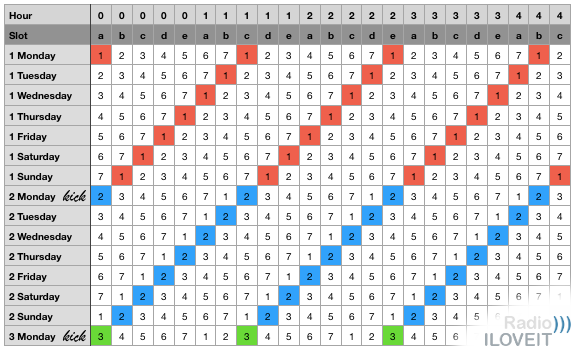
To fix week-to-week rotation pattern repetition, you can use the ‘kick trick’ (image: Thomas Giger)
This example is based on a question from Armando in an article comment:
Thomas,
I really enjoyed your article on CHR format clocks. The bulk of my work experience has been in the Urban AC and Urban (Hip Hop) format in the USA. I wanted to know how many songs do you suggest in the other categories outside of Power Current for which you recommended 7.
- Current New
- Current Secondary Up
- Current Power
- Current Secondary Down
- Current Stay
- Recurrent Power
- Recurrent Secondary
CONSIDER YOUR FORMAT CLOCKS
Thank you for your question! A solid answer needs a strong foundation, starting with the ‘even-odd rule’. An odd number of slots per hour usually calls for an even number of songs per category (and vice versa) for a desireable rotation pattern. When you have 5 Power Current (‘A’) slots an hour, 6 ‘A’ titles in rotation would let each one ‘jump’ 1 slot ahead, every time it’s being played, cycling each track through all other ‘A’ slots before it appears at the same play location in your format clock. Unfortunately, this happens in every 6th hour — a caveat, as we’ll see in a minute.
When your number of slots per hour and your number of songs per category are both even or both odd, it will often lead to inefficient scheduling. For example, if you would have 4 ‘A’ slots an hour (like one per quarter) in your format clock and 6 titles in ‘A’ rotation, then, for starters, each title would only touch 2 out of 4 play positions. But 4 ‘A’ slots an hour with only 5 ‘A’ songs in rotation lets you achieve an efficient song spread where each song plays in every other slot before returning to the same position (in every 5th hour — perfect, as we’ll see). But the even-odd rule is not everything.
MIND YOUR CATEGORY TURNOVER
The turnover of your (fast-repeating) categories should NOT be multipliable to the number of hours a day, because while rotations of 1, 2, 3, 4, 6, 8, 12 or 24 hours (or certain multiplications of those, such as 3 x 12 = 36 hours) are beautiful round numbers, they can lead to repetitive rotation patterns. Category turnovers of 1, 2, 3, 4, 6, 8, 12 or 24 hours cause every song to play in the exact same slots, at the exact same times, day after day (until you replace those songs). Multiplications exceeding 24 hours are a bit less predictable, but will still cause inefficient song placement.
You therefore want to make sure that your category turnover times are uneven numbers that cannot be multiplied to 24. So what are the first options that come to mind? They are, indeed, 5 and 7 hours (the first ones fitting in between the ‘non-ideal rotation’ list of 1, 2, 3, 4, 6, 8, 12 or 24 hours). If you need a shorter rotation than 5 or 7 hours, like when you program a current-based music format, you can divide those numbers by a factor 2. For example: 5 / 2 = 2.5 hours, and even 2.5 / 2 = 1.25 hours (because 24 / 2.5 = 9.6 hours, and 24 / 1.25 = 19.2 hours).
FINE-TUNE YOUR CLOCK GRID
Not only your day-to-day rotation is essential; also your week-to-week repetition matters. When you rotate 7 ‘A’ songs through 5 ‘A’ slots per hour, you get a perfect pattern where all songs are amazingly spread out, playing in every slot of every day. However, this happens after precisely 7 days, causing this complete song placement pattern to repeat week after week, in other words: every song would constantly play on the exact same location as during the week before! Luckily, there are several different, easy-to-apply solutions.
Refreshing (a part of) your ‘A’ list every week is not enough. You should use the ‘kick’ function (in your music scheduling software) to, for example, ignore the ‘A’ song that would be scheduled in the first ‘A’ slot right after midnight (night from Sunday to Monday) starting with the second ‘A’ song in line instead. Another option is to use a different grid for your format clocks from week to week, as shown in the article about CHR format clocks. When you apply both methods together, make sure they don’t work against each other; check your rotation patterns.
In the next Music Scheduling Q&A, we’ll share additional principles, and a complete category setup for:
- Current New
- Current Secondary Up
- Current Power
- Current Secondary Down
- Current Stay
- Recurrent Power
- Recurrent Secondary
 Thomas Giger is a European radio broadcasting specialist and publisher of Radio))) ILOVEIT, based in the Netherlands, and serving the radio industry worldwide.
Thomas Giger is a European radio broadcasting specialist and publisher of Radio))) ILOVEIT, based in the Netherlands, and serving the radio industry worldwide.
Please fill out this form and we’ll reach out right away to schedule your demo.

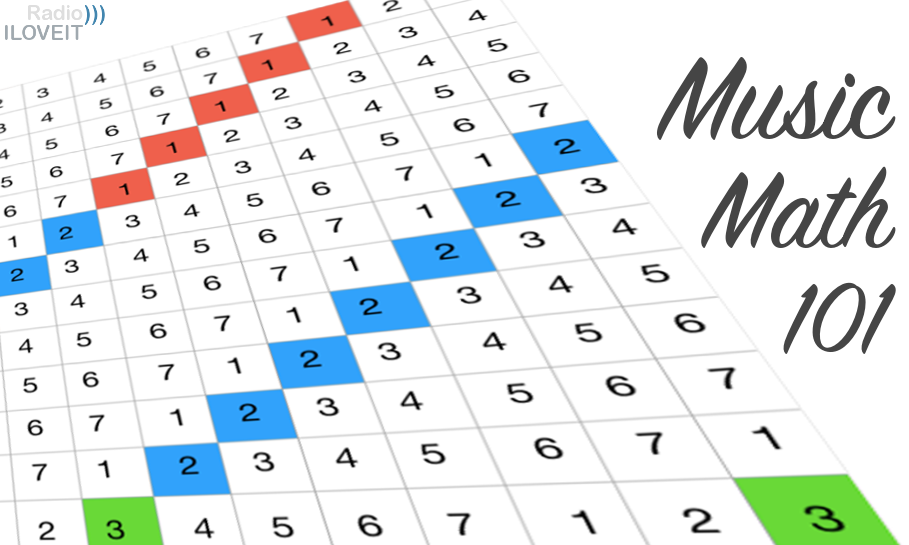
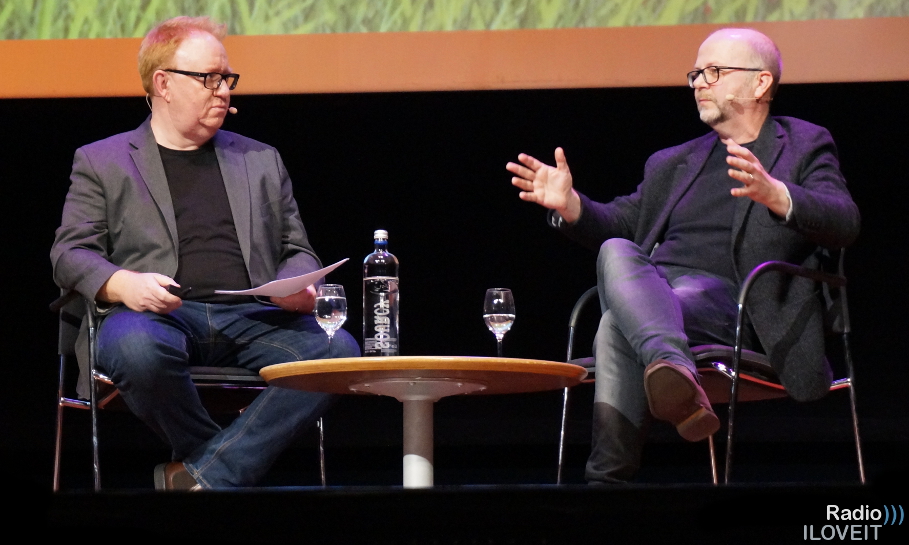

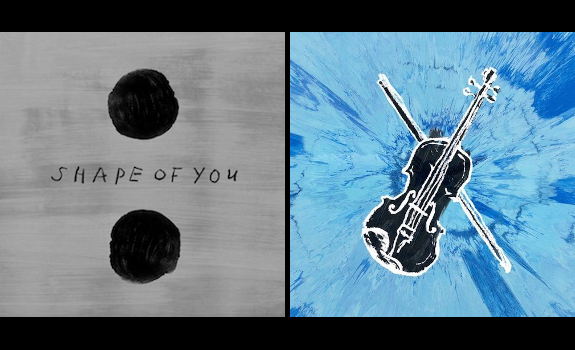
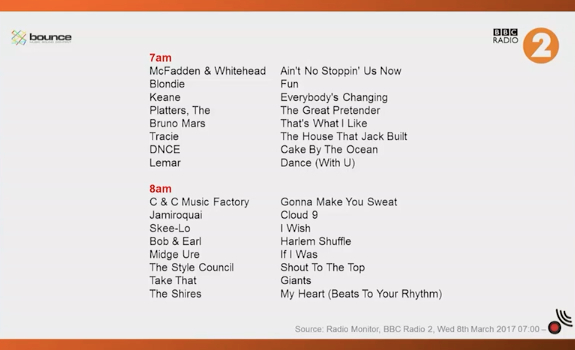


 Thomas Giger is a European radio broadcasting specialist and publisher of Radio))) ILOVEIT, based in the Netherlands, and serving the radio industry worldwide.
Thomas Giger is a European radio broadcasting specialist and publisher of Radio))) ILOVEIT, based in the Netherlands, and serving the radio industry worldwide.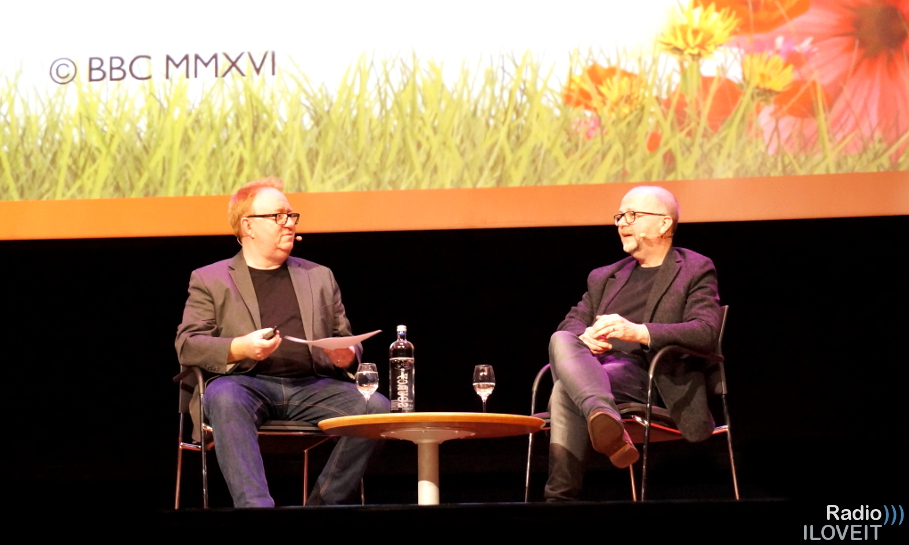

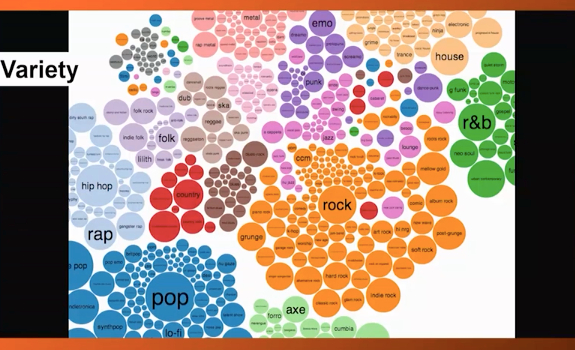


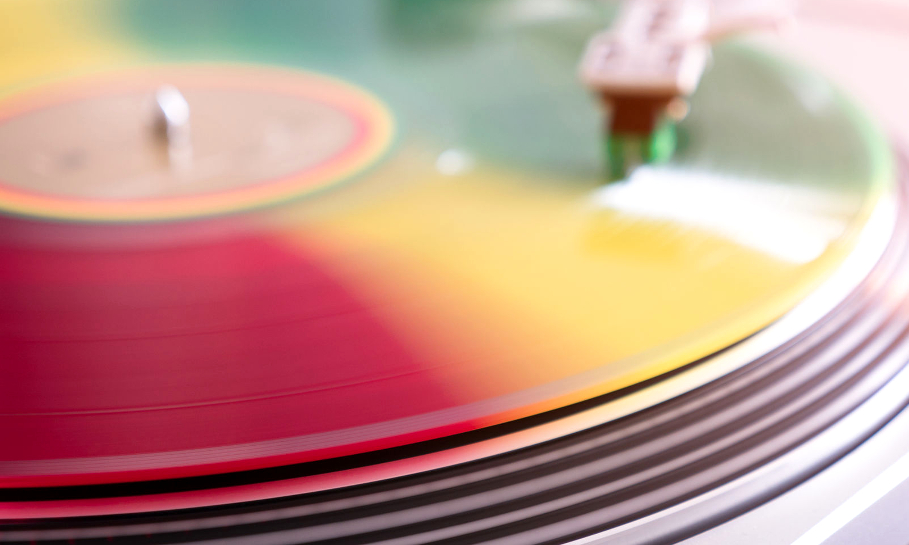
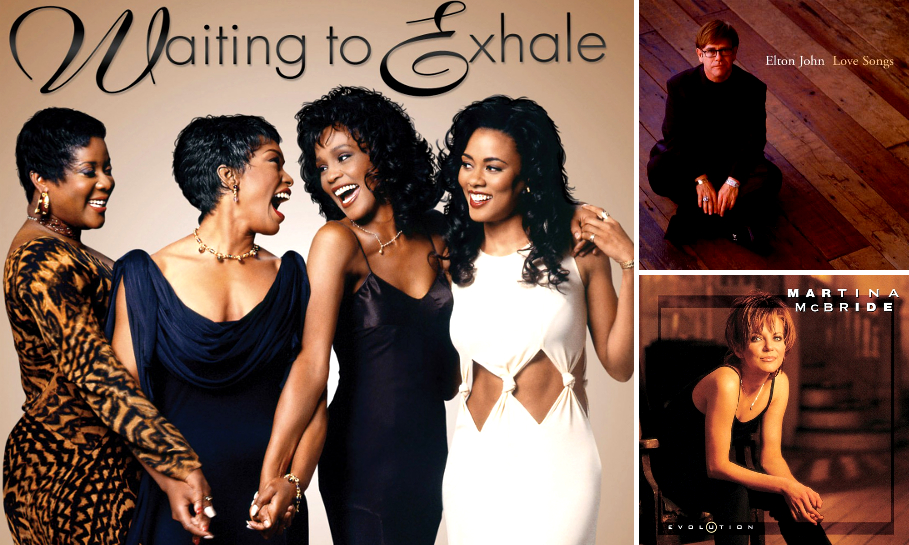



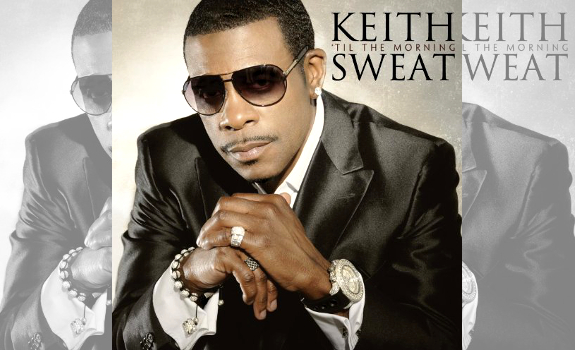
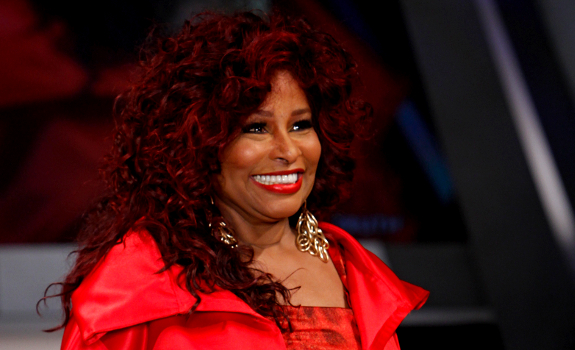
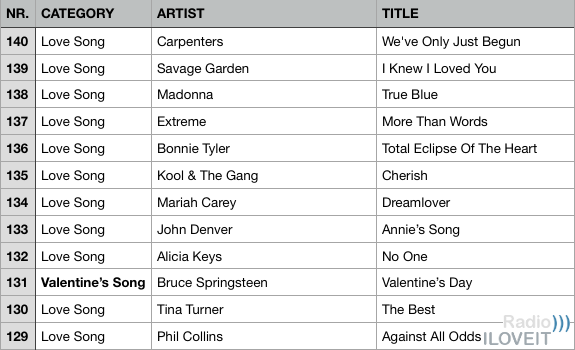
 Thomas Giger is a European radio broadcasting specialist and publisher of Radio))) ILOVEIT, based in the Netherlands, and serving the radio industry worldwide.
Thomas Giger is a European radio broadcasting specialist and publisher of Radio))) ILOVEIT, based in the Netherlands, and serving the radio industry worldwide.

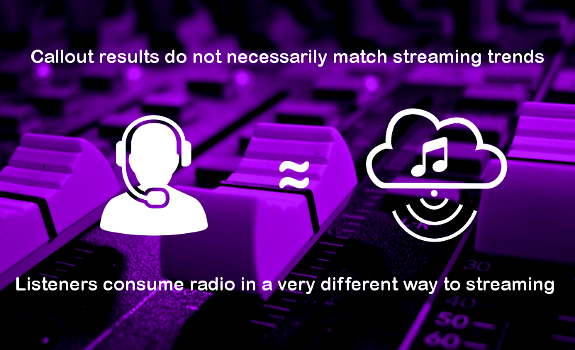

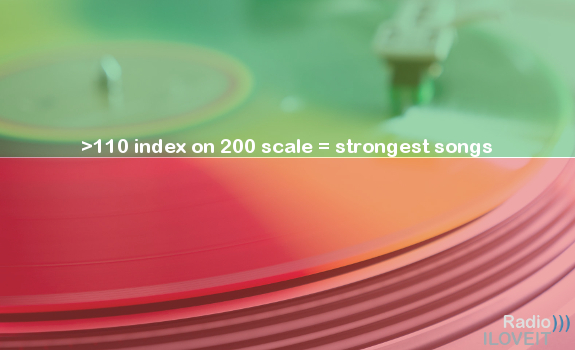

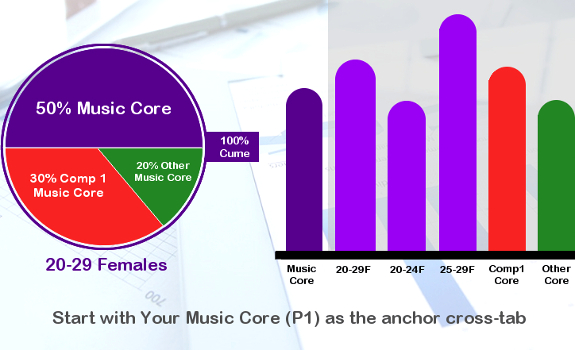

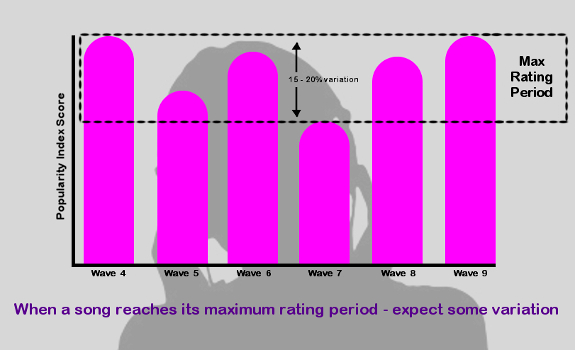

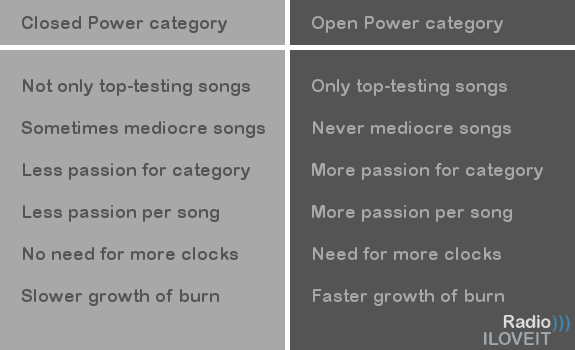

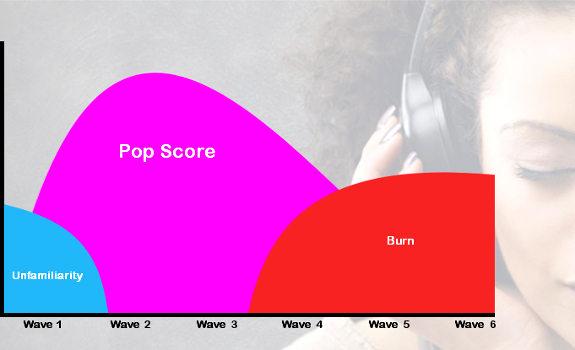

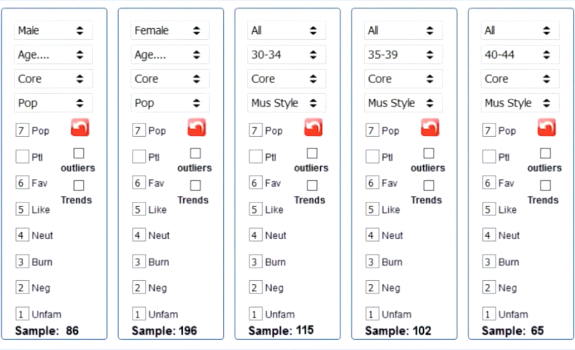
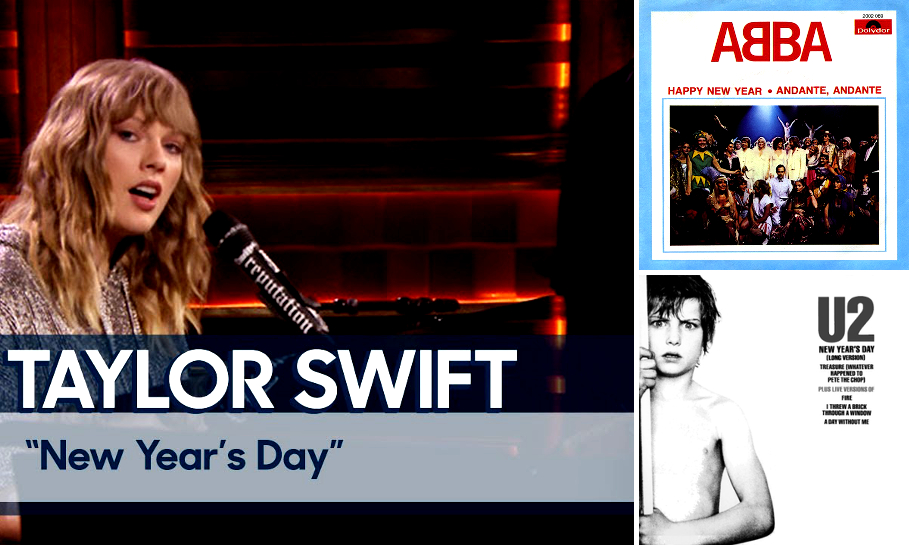

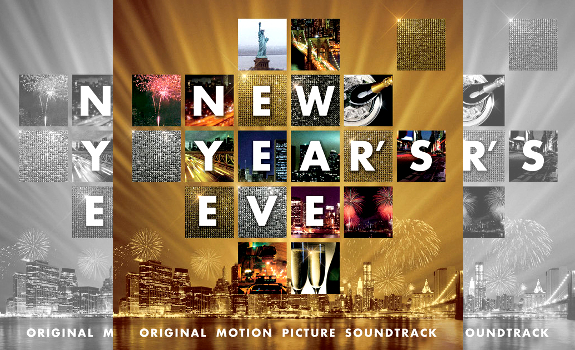

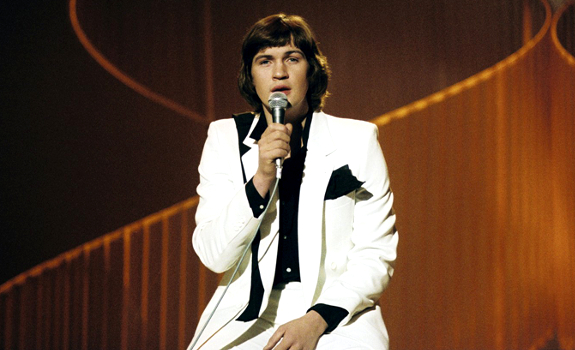

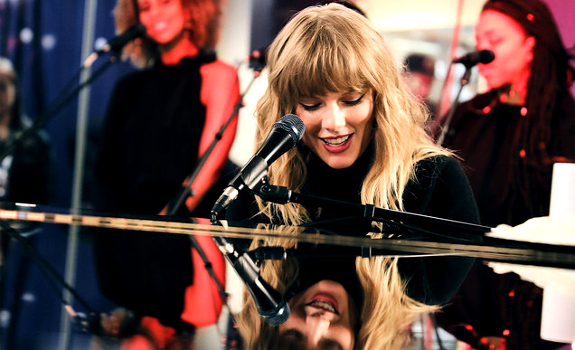 Taylor Swift’s New Years Day is a minimalistic, acoustic pop song (image: TAS Rights Management)
Taylor Swift’s New Years Day is a minimalistic, acoustic pop song (image: TAS Rights Management)

